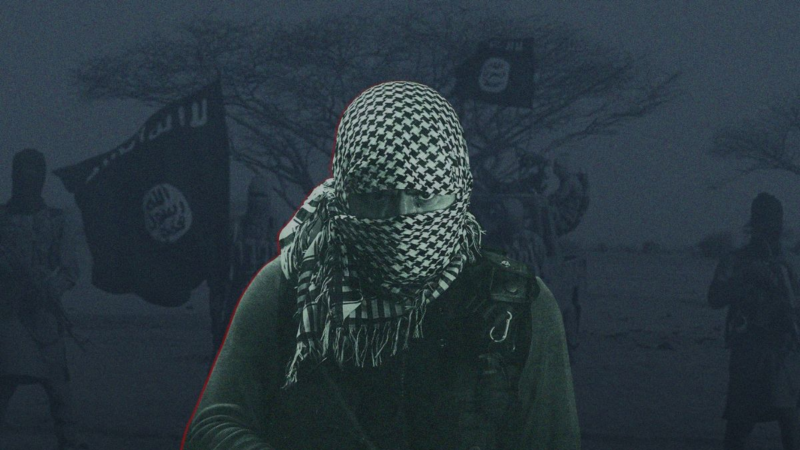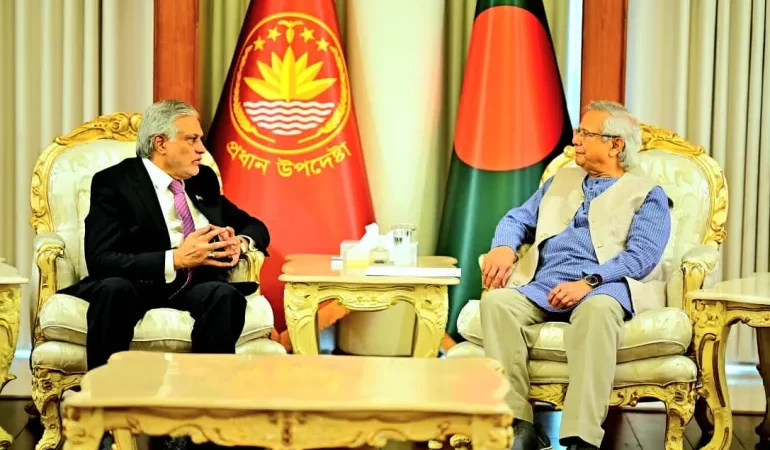Millions of students stare at despair in Pakistan

Pakistani leaders have time for everything, from backbiting to real estate deals to be subservient to the army, but not for millions of children who live in abject poverty, work as slaves in kilns and marketplaces, fall victim to sexual predators and remain out of school.
While the army is busy spending billions on buying bombs and weapons, schools across the country are disappearing– not one safe place is left for millions of children to survive.
In a 2021 report, the US Department of Labour stated that Pakistan witnessed over 3000 cases of child rights abuses every year, of which over half were sexual abuse. Millions of child workers are employed at homes and shops where they work under conditions of forced labour, including debt bondage, sexual assault, and extreme physical abuse. In a large number of cases, these children have been `sold` to house owners by poor families. Many become victims of child traffic rings which use victims for begging, sex and forced labour.
The pathetic sight of children working in brick kilns is missed by the political leaders who travel in tinted SUVs. At least one-third of the 4 million people working in brick kilns are children. In Sindh alone, over 700,000 children are employed as bonded labourers on farms. Those who escape this dragnet are forced into begging, drug trafficking, child pornography and sex in different parts of the country. Early March this year, the National Commission on the Rights of Child released a report warning that “children may be exposed to inappropriate content for their age or inappropriate contacts”.
The most shocking failure on the part of successive governments and political parties has been the gross neglect of school children. Over 28 million children in Pakistan do not go to school. There are not enough schools in the country and where there are schools, there are not adequate teachers and if teachers are there, basic infrastructure is missing. These numbers are increasing every year. A recent survey showed that 3.7 million children, between 5 and 16 age, are not able to go to school in Khyber Pakhtunkhwa, a sharp increase from 2.1 million in 2018. Similarly, 7.7 million children in Punjab and 6.4 million children in Sindh have not been to schools.
The statistics in itself is alarming but the real problem is even more deep and
debilitating. A whole generation of young Pakistanis are at grave risk from the neglect of their leaders. The governments after government have yet to learn from the statistics which becomes more shocking by the year. The budgetary allocation of perhaps one of the most important pillars of the nation, educating the children, is only 1.7 per cent of its GDP. There is an urgent need to keep aside at least four per cent of GDP to fill the growing education gap. The recent decision of the new Shehbaz Sharif government to declare a national education emergency to address the serious issue could just be too late unless followed up with strong commitment and determination.
But on the ground, the situation is far from rosy. The government is pushing for increased privatisation of government schools. More than 1000 government schools in Punjab are on the list of being leased out to private players. The private players will take over the assets including buildings, playgrounds, and laboratories, with an estimated worth of billions of rupees. This simply means that these schools will be out of the reach of poor students.
The result will be even more disastrous for young students in Pakistan–more children will be forced to remain out of school simply because their parents will not be able to afford their education. The vicious circle of crime, slavery and despondency stares at millions of children today.





